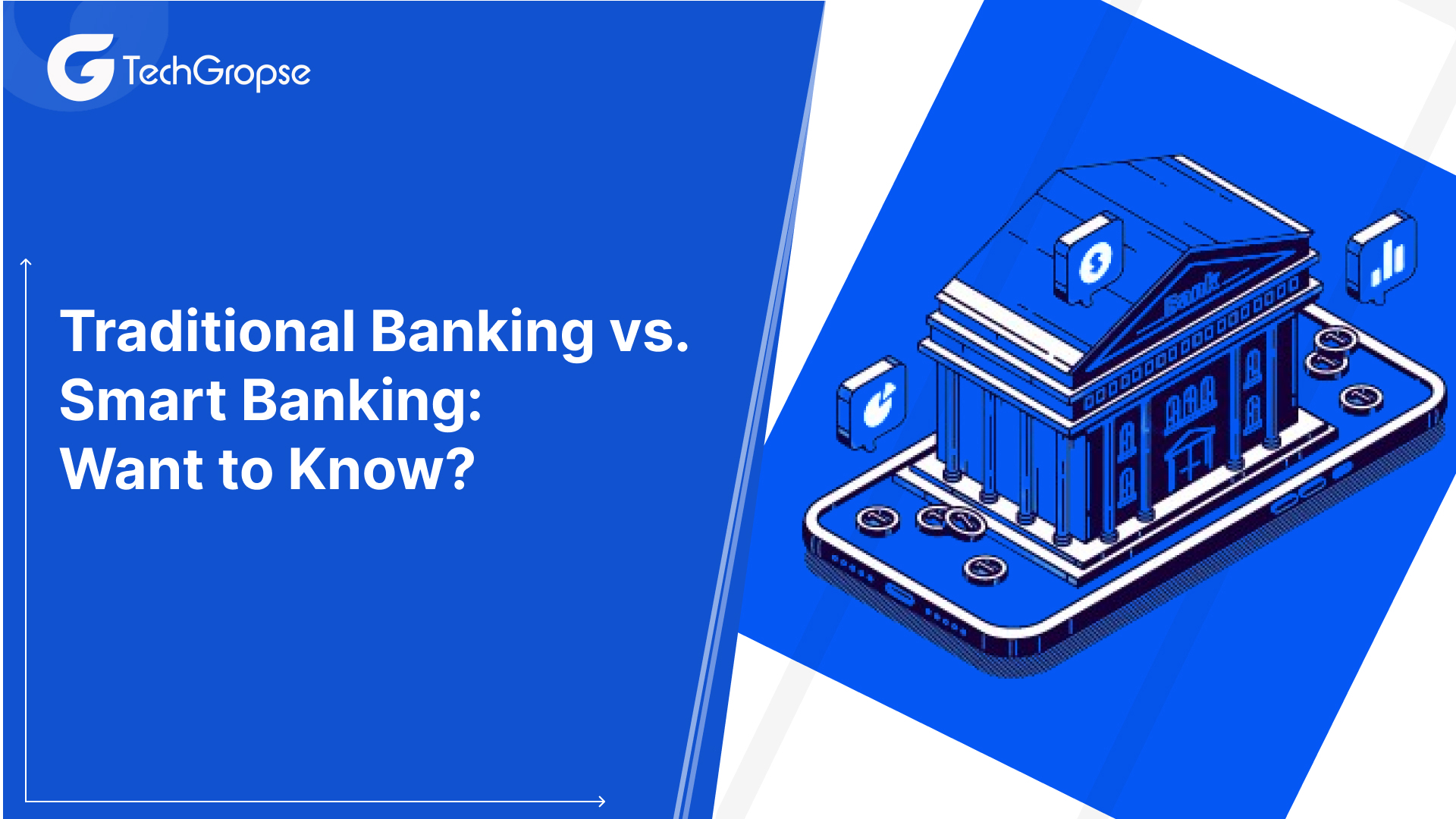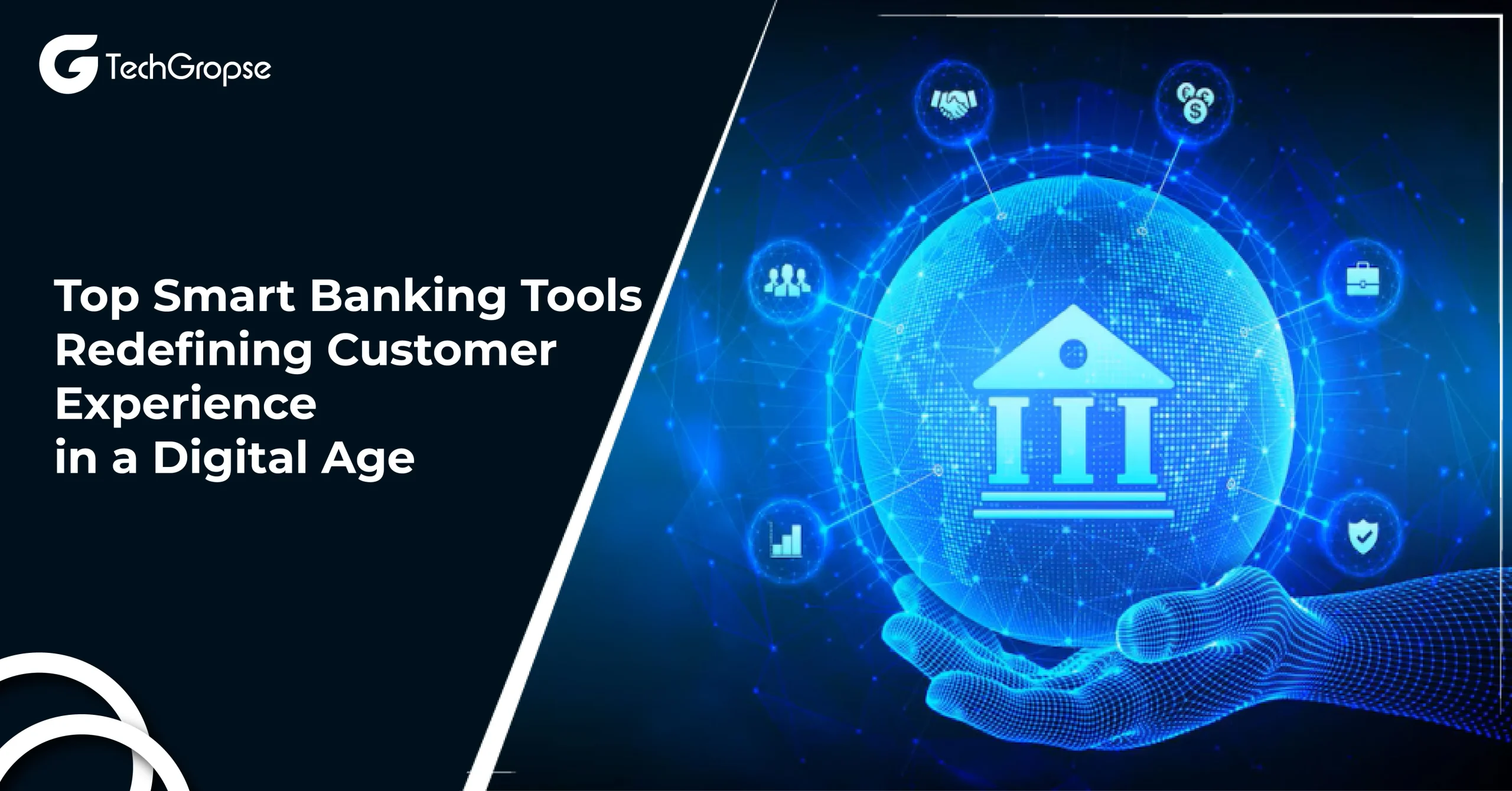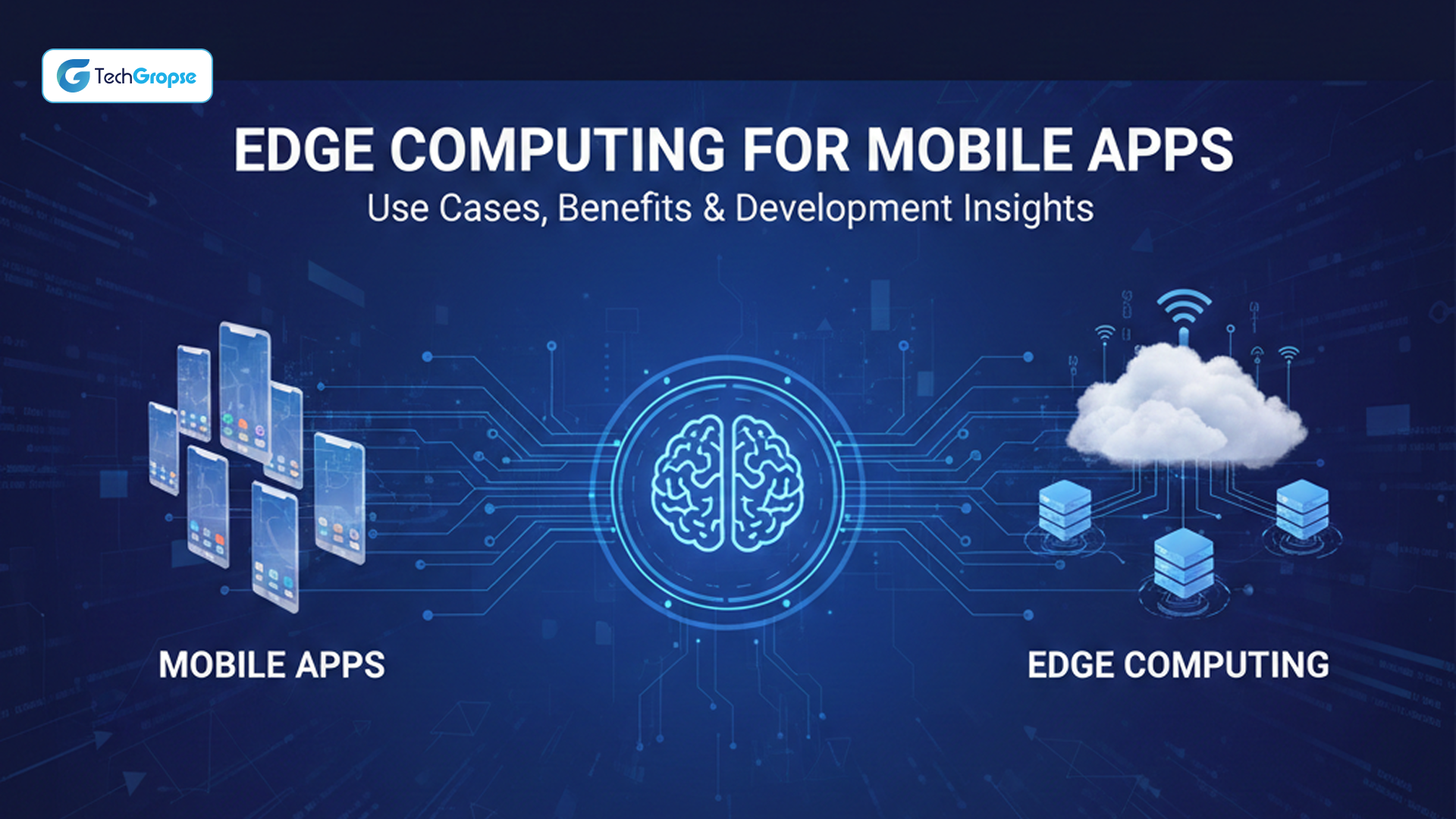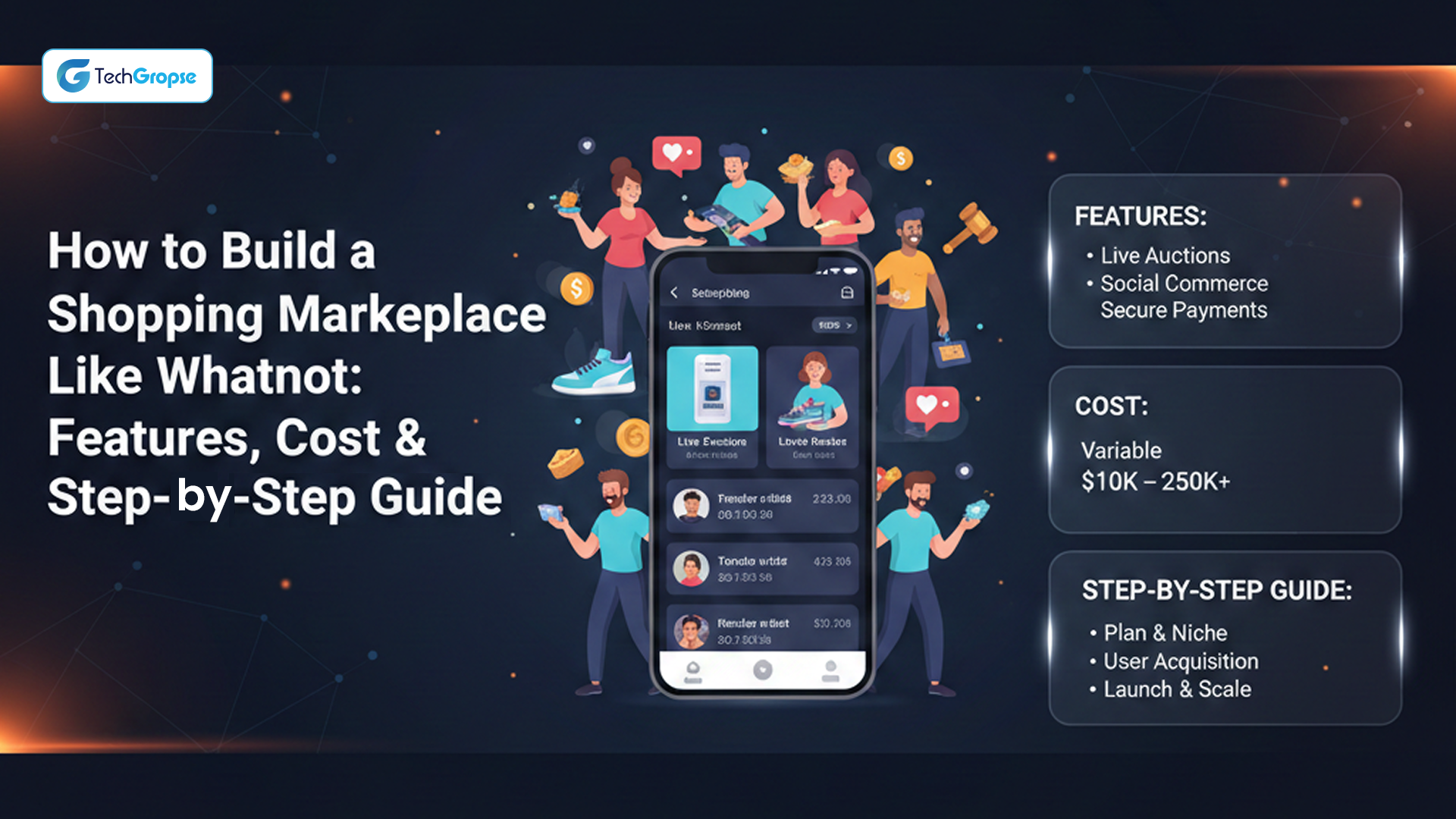Imagine a world where your bank is not just a place you visit but a trusted companion that fits into your modern lifestyle. In 2025, this vision is not just an imagination but a reality shaped by the beginning of smart banking tools.
Picture this: You are strolling down the sidewalk, and a notification pops up on your mobile phone from your AI-powered banking assistant.
It reminds you of an upcoming bill payment and offers ways to optimize your budget. Meanwhile, your mobile wallet is ready to process payments smoothly with just a single click.
Your personalized financial management app tracks your spending habits in real time, offering insights tailored to your goals.
But the magic doesn’t stop there.
You will love Biometric authentication features. They ensure security without sacrificing convenience, and robo-advisors offer expert investment advice at your fingertips.
Whether you are a tech enthusiast or a beginner, these smart banking tools are designed to empower you. Banking app development simplifies your financial journey and redefines what it means to be a banking customer.
Join us as we explore the top smart banking tools of 2025, where technology isn’t just a tool but a catalyst for transforming how we interact with our money.
Get ready to discover how these banking tools are making banking safer, simpler, and more personalized than ever before.
Overview of Smart Banking Tools
In the wild world of banking, smart banking tools are the equivalent of having a personal In the wild world of banking, smart banking tools are the equivalent of having a personal finance guru in your pocket.
These nifty digital innovations help you make transactions, manage your money, and stay on top of your financial game.
Customer experience in banking is like the cherry on top of your financial sundae. It’s all about making your banking journey smooth, delightful, and hassle-free. Let’s face it: Nobody wants to deal with boring old-school systems when we can have smart, sleek solutions at our fingertips.
Traditional Banking vs. Smart Banking: Want to Know?

So, do you want to build mobile banking app? Before moving further, you should learn about smart banking and its features.
Traditional banking is like receiving a handwritten letter in the age of instant messaging. On the other hand, smart banking is all about speed, convenience, and personalized service tailored to your unique needs.
| Aspect | Traditional Banking | Smart Banking |
| Accessibility | Limited to physical branches and ATMs. | Accessible anytime, anywhere through mobile apps and online platforms. |
| Customer Service | Primarily face-to-face interactions with bank staff. | AI-powered chatbots provide instant assistance and support 24/7. |
| Transaction Speed | Transactions may take several days to process. | Real-time or near-instantaneous transactions. |
| Security | Relies heavily on passwords and PINs for authentication. | Utilizes biometric authentication (fingerprint, facial recognition) and advanced encryption for enhanced security. |
| Personalization | Limited customization of services based on generic profiles. | Tailored recommendations and insights based on individual financial habits and preferences. |
| Innovation | Slow to adopt new technologies and innovations. | Embraces cutting-edge technologies such as AI, blockchain, and biometrics to enhance services and customer experience. |
| Flexibility | Limited flexibility in terms of product offerings and services. | Offers a wide range of customizable products and services to meet diverse customer needs. |
| Cost-effectiveness | May incur higher fees for various services. | Often offers lower fees with the use of digital channels and automation. |
| Convenience | Relies on physical presence for most banking activities. | Offers convenient access to banking services through digital channels, reducing the need for in-person visits. |
| Integration with Other Services | Limited integration with third-party services and platforms. | Integrates seamlessly with various third-party apps and services, offering added convenience and functionality. |
Have a Quick Look at The Top 10 Smart Banking Tools in 2025
Thanks to technology, our expectations as customers have increased faster than a SpaceX rocket. The mobile app development company knows the advantages of building a banking app.
We want seamless transactions, real-time updates, and personalized recommendations. Smart banking tools are here to make those high expectations a reality.
1. Artificial Intelligence (AI): The Power of Personalization
AI is transforming the financial sector, particularly in customer experience. AI-powered personalization engines analyze customer data to understand spending habits, financial goals, and risk profiles.
- Recommend personalized financial products: AI can identify patterns in customer transactions and suggest relevant investment opportunities, savings plans, or credit card options that align with their unique needs and goals.
- Provide proactive financial guidance: AI-powered tools can analyze spending patterns and predict potential shortfalls, prompting timely alerts and suggesting budgeting strategies.
- Enhance fraud detection: AI algorithms can learn from historical fraud patterns and identify suspicious activities in real-time, safeguarding customer accounts
For instance, Bank of America’s Erica, an AI-powered virtual assistant, leverages AI to answer customer queries, manage finances, and even predict potential overdrafts.
2. Augmented Reality (AR): A Glimpse into the Future of Banking
AR is no longer confined to the world of entertainment. Banks are beginning to integrate AR into their mobile applications, creating a more interactive and immersive banking experience.
Here are some potential applications:
- Virtual Branch Visits: AR can simulate a physical branch experience within the mobile app. Customers can virtually “walk” through a branch, interact with 3D models of financial products, and even connect with virtual customer service representatives.
- Interactive Financial Planning: AR can be used to visualize financial goals. Imagine using your phone’s camera to overlay a virtual budget tracker on your physical shopping cart, helping you stay on track with spending plans.
While AR adoption in banking is still developing, it holds immense potential for creating a more engaging and user-friendly banking experience. You can hire dedicated developers to implement smart banking tools in your application.
3. Smart Know Your Customer (KYC) Solutions: Streamlining Onboarding
Traditional Know Your Customer (KYC) processes can be stressful and time-consuming.
An Android app development company implements smart KYC solutions features that leverage AI and automation to streamline the onboarding process.
- Automated Document Verification: Optical Character Recognition (OCR) technology can extract data from user-submitted documents (e.g., passports, utility bills) and automatically verify them, reducing manual data entry and processing time.
- Biometric Authentication: Fingerprint and facial recognition can be used for secure and convenient customer identification, eliminating the need for passwords or physical documents.
These advancements improve customer experience and enhance security and compliance for financial institutions.
4. Robotic Process Automation (RPA): Efficiency at its Finest
Repetitive back-office tasks such as account reconciliation, data entry, and transaction processing can be automated using RPA bots.
It frees human employees to focus on more complex tasks and provide personalized customer service. Benefits of RPA in banking include:
- Reduced Processing Time: Automating repetitive tasks reduces processing times, leading to faster account approvals, loan disbursements, and customer service interactions.
- Improved Accuracy: RPA bots eliminate the possibility of human error in data entry, ensuring greater accuracy in financial transactions.
- Enhanced Scalability: RPA allows banks to handle increased workloads efficiently without requiring additional workforce.
5. Blockchain and Smart Contracts: Building Trust and Transparency
Blockchain technology revolutionizes financial transactions by offering a secure, distributed ledger system.
Here’s how it impacts customer experience:
- Faster and More Secure Transactions: Blockchain eliminates the need for intermediaries, streamlining cross-border payments and reducing transaction processing time. Additionally, its inherent security features minimize the risk of fraud.
- Smart Contract Automation: Smart contracts, self-executing contracts stored on the blockchain, can automate complex financial processes such as loan approvals and insurance payouts. They enhance transparency and reduce transaction time for customers.
For example, BBVA, a Spanish multinational financial services company, uses blockchain technology to facilitate faster and more secure international trade finance transactions for its corporate clients.
6. Chatbots and Virtual Assistants: 24/7 Support at Your Fingertips
Reputable mobile app maintenance company build chatbots powered by AI are transforming customer service by providing 24/7 access to assistance.
These virtual assistants can manage and troubleshoot fundamental issues and simple queries and even escalate complex matters to human representatives.
Advantages of chatbots include:
- Increased Accessibility: Customers can receive immediate support anytime, anywhere, through their preferred channels like mobile apps or messaging platforms.
- Faster Resolution Times: Chatbots can resolve basic inquiries instantly, reducing customer wait times compared to traditional phone support.
- Personalized Interactions: AI-powered chatbots can learn from past interactions and tailor their responses to individual customer needs.
7. Cybersecurity Solutions: Protecting Your Financial Fortress
As banks migrate towards a more digital landscape, cybersecurity becomes paramount. Here are some essential security tools:
- Multi-Factor Authentication (MFA): MFA adds an extra layer of security by requiring additional verification steps beyond just a password, such as fingerprint recognition or one-time codes.
- Advanced Fraud Detection: AI algorithms can analyze transaction patterns and identify suspicious activities in real time, preventing fraudulent transactions before they occur.
- Data Encryption: Encryption scrambles sensitive customer data, rendering it unreadable in case of a breach.
These robust security measures are crucial for building trust with customers and ensuring the safety of their financial information.
8. Open Banking APIs: Unleashing the Power of Collaboration
Open Banking APIs allow third-party developers to create innovative financial applications and services that integrate with a customer’s bank account.
- Greater Choice and Convenience: Customers can access multiple financial products and services through various apps tailored to their needs.
- Enhanced Personalization: Third-party apps can leverage customer data (with consent) to provide personalized financial insights and budgeting tools.
- Increased Competition: Open Banking fosters competition within the financial services industry, potentially leading to more innovative and user-friendly banking solutions.
9. Mobile Banking: The Indispensable Banking Companion
Mobile banking has become an indispensable tool for modern-day customers. Mobile banking apps allow users to perform various tasks on the go, including:
- Account Management: View balances and transaction history and manage bills directly from their smartphones.
- Fund Transfers: Send and receive money quickly between accounts or to other individuals.
- Mobile Payments: Near-field communication (NFC) technology makes contactless store payments.
- Mobile Check Deposit: Deposit checks remotely by simply taking a picture with their phone’s camera.
The convenience and accessibility offered by mobile banking apps have significantly enhanced customer experience in the banking sector.
10. Internet of Things (IoT): Banking Beyond the Screen
If you want to include additional features like IoT, you should hire mobile app developers. The Internet of Things (IoT) integrates the physical world with the digital realm, and banking is no exception.
Here are some potential applications of IoT in banking:
- Smart Wearables: Imagine using a smartwatch to make payments, check your account balance, or access account information with a simple tap.
- Connected Cars: Imagine a car that automatically pays for parking fees or tolls using integrated banking solutions.
- Smart Homes: Imagine a smart thermostat that automatically adjusts energy consumption based on your budget and spending patterns.
Building Trust in the Digital World: Overcoming Challenges for a Secure Banking Experience
While digital banking offers exceptional opportunities for convenience, sometimes on-demand app development company also face some challenges in building smart banking tools in mobile applications.
- Cybersecurity Threats: Protecting sensitive information from hackers, phishing, and malware attacks is a big challenge.
- Integration Problems: Making sure all digital banking channels, like websites and apps, work well together is challenging.
- Regulatory Compliance: Banks must follow strict rules regarding data privacy, consumer protection, and stopping illegal activities.
- Fast-changing Technology: It is hard to keep up with new tech like AI and blockchain while making sure everything works together.
- Digital Literacy: Some people may not feel comfortable using digital banking, so banks need to help them feel confident and safe.
These challenges make it tricky for banks to offer a smooth and secure digital banking experience. You must hire Android app developers who work hard to overcome them for their customers.
Conclusion: The Future of Banking is Smart
The smart banking tools discussed above are changing the customer experience in the financial sector. Remember that mobile app development costs depend on multiple factors, including features, design, and development.
Banks are creating a more personalized, secure, and convenient banking experience by leveraging AI, blockchain, and other cutting-edge technologies.
As these technologies continue to grow, we can expect even more smart banking tools and intelligent banking solutions to appear in future years.
FAQ: Top Smart Banking Tools in 2025
1. What are smart banking tools?
Smart banking tools contain a range of solutions and technologies that leverage data and automation to enhance the customer experience in banking. These smart banking tools include AI-driven services, mobile banking apps, biometric authentication, and personalized financial management solutions.
2. How do smart banking tools improve security?
Smart banking tools enhance security through data encryption, multi-factor authentication, and compliance with privacy regulations. These technologies help safeguard customer information and transactions, reducing the risk of fraud and unauthorized access.
3. Are smart banking tools accessible to all customers?
While smart banking tools are becoming more widespread, accessibility may vary depending on the financial institution and the region. Many banks are investing in digital transformation to offer these tools to a broader customer base, but it is essential to check with your bank for specific availability.
4. What trends can we expect in smart banking tools in the coming years?
Future trends in smart banking tools may include:
- The integration of virtual assistants.
- The expansion of contactless payment options.
- Further advancements in AI and blockchain technology.
These trends aim to provide customers with more convenience, security, and personalized services in their banking experience.













